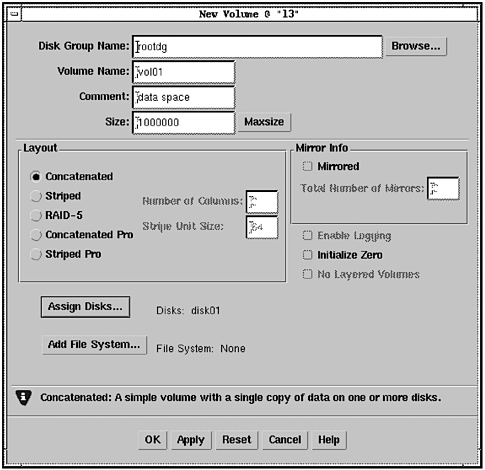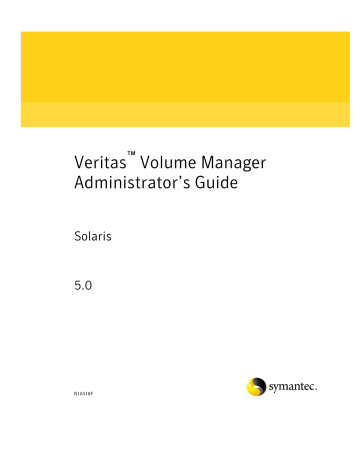

When new objects (e.g., subdisks, plexes, volumes) are created with the Veritas CLI or GUI, Veritas will write the configuration data to describe these objects to a configuration database. As I will discuss in the section Configuration Backups, Veritas introduced new features in Veritas Volume Manager 4.X to ease the backup process. Lockrgn priv 001536-001679: part=00 offset=000000ĭue to the critical nature of the configuration information stored in the disk headers, it is important to periodically back up this information. Pubpaths: block=/dev/vx/dmp/c1t1d0s2 char=/dev/vx/rdmp/c1t1d0s2 Info: format=cdsdisk,privoffset=256,pubslice=2,privslice=2įlags: online ready private autoconfig autoimport imported The disk header can be printed by passing the Veritas device name to vxdisk(1m)‘s “list” option: The disk header contains a diskid to uniquely identify the device, a disk group identifier to indicate which disk group the device is associated with, a set of flags to indicate the status and intended use (e.g., hot spare) of the device, and a hostid to indicate which host (if any) has the device imported. When a device is initialized or encapsulated with Veritas Volume Manager, a disk header is written to the device’s private region.

If you are new to Veritas Volume Manager, consult the vxintro(1m) man page for an introduction to terminology and basic usage. A basic knowledge of Veritas Volume Manager will be assumed. The article will also provide two disaster-recovery case studies to show how these recovery features can be used to aide in recovering from disasters when they strike. This article will provide an introduction to two important and often overlooked recovery features: failure notifications and configuration database backups.

The recoverability features help to ensure that data is protected when hardware platforms fail and to ease the process required to restore systems to an operational state. Veritas Volume Manager (VxVM) has become the standard Logical Volume Manager (LVM) in many enterprises for its robust feature set, its ability to run on multiple operating systems (e.g., HP-UX, Linux, Solaris, Windows), and the numerous scalability, availability, and recoverability features that come with the base product.


 0 kommentar(er)
0 kommentar(er)
